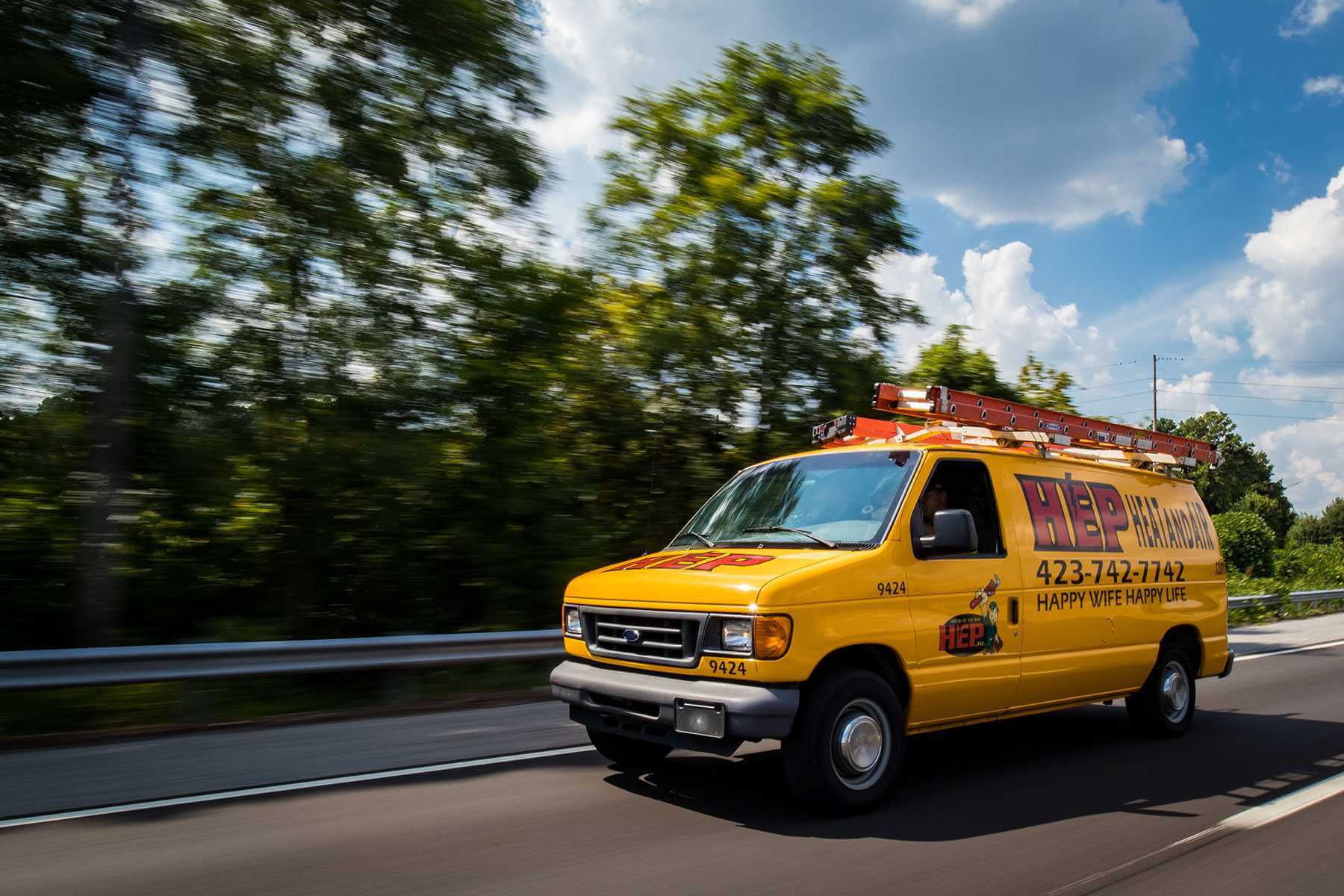

Trenchless Techniques
Your trusted partner for professional home services. Quality workmanship, guaranteed satisfaction.




- HEP Plumbing
- Trenchless Techniques
Trenchless Techniques | Pipe Upgrades | Plumbing | Benton
Imagine renewing your water and sewer lines without the noise, mud, and weeks-long mess of open-cut digging. HEP’s trenchless techniques let Benton homeowners replace failing pipes through small access points, steering advanced lining or bursting equipment underground while your lawn, driveway, and landscaping stay virtually untouched. The result is faster, cleaner pipe upgrades that outlast traditional materials and meet modern flow demands—all completed in a fraction of the time.
From the first camera inspection to the final pressure test, our licensed technicians handle every detail with hometown courtesy and transparent pricing. You’ll enjoy lower restoration costs, minimal disruption to your daily routine, and the peace of mind that comes from eco-friendly technology built for decades of dependable service. Discover how easy durable pipe upgrades can be when you choose the local team that treats your property like their own.
FAQs
What are trenchless pipe upgrade techniques and how do they work?
Trenchless pipe upgrades are modern rehabilitation methods—such as cured-in-place pipe (CIPP) lining and pipe bursting—that replace or restore underground water or sewer lines without digging long, open trenches. A camera inspection identifies the problem areas, small access pits are created at each end of the line, then a resin-saturated liner is inverted through the host pipe (CIPP) or a bursting head fractures the old pipe while pulling in a new HDPE line (pipe bursting). Once the resin cures or the new pipe is in place, your system is essentially brand-new with minimal surface disruption.
Which pipe problems in Benton homes and businesses can be fixed with trenchless methods?
Trenchless technology is effective for fixing cracked, leaking, root-infested, corroded, or offset pipes made of clay, cast iron, Orangeburg, concrete, or PVC. It can also restore pipes affected by scale buildup, ground movement, or age-related deterioration, as long as the host pipe retains enough structural integrity to act as a guide or can be burst and replaced.
How long does a typical trenchless pipe upgrade take?
Most residential projects in Benton are completed in a single day. A standard schedule includes: 1) camera inspection and cleaning in the morning; 2) liner installation or pipe bursting by midday; 3) curing, pressure testing, and final camera verification in the afternoon. Larger commercial lines or severe blockages may add an extra day, but trenchless work is still far faster than conventional dig-and-replace methods.
Will my yard, driveway, or landscaping be damaged?
Trenchless techniques require only two small access points, so lawns, gardens, patios, and driveways stay largely untouched. Heavy equipment remains at the street or driveway, and there is no need to back-fill large trenches. When the job is done, we restore the access holes and clean the work area, leaving your property looking almost exactly as it did before the upgrade.
Is trenchless pipe rehabilitation more expensive than traditional excavation?
Initial per-foot costs can be similar or slightly higher than open-cut replacement, but homeowners usually save money overall. That’s because you avoid expenses for re-landscaping, driveway or sidewalk reconstruction, and extended labor. Trenchless liners and HDPE replacement pipes have a 50-year design life, reducing future repair costs and adding long-term value to your Benton property.
Are trenchless pipe upgrades durable and code-compliant in Arkansas?
Yes. CIPP liners and HDPE replacement pipes meet or exceed ASTM and NSF standards, are rated for a 50-year service life, and are fully approved by Arkansas plumbing and environmental authorities. We pull permits with the City of Benton, provide post-installation camera footage for inspectors, and back our work with a written warranty—typically 10–25 years depending on the product.